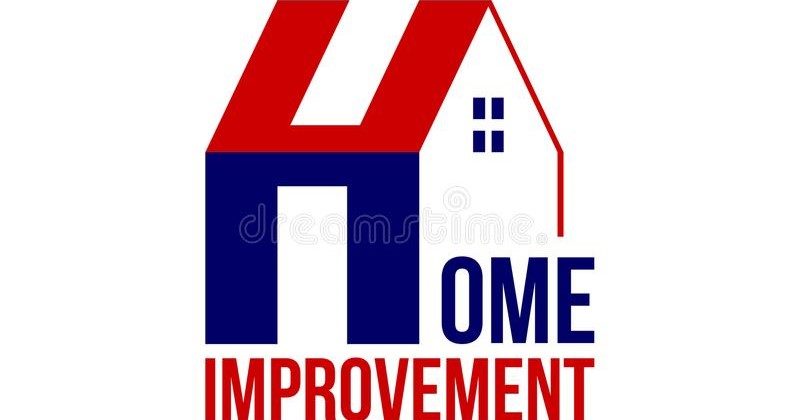
Introduction of office table design
In the contemporary workplace, the office table is not just a piece of furniture; it’s a symbol of productivity, collaboration, and corporate culture. Over the years, office table design have undergone significant evolution, driven by advancements in technology, changes in work dynamics, and shifting design preferences. From traditional wooden desks to modern ergonomic workstations, let’s delve into the fascinating journey of office table design, exploring how form and function have intertwined to shape the workplaces of today.
Traditional Roots: Wooden Desks and Executive Elegance
The roots of office table design can be traced back to the 18th century, where wooden desks adorned the offices of bureaucrats and scholars. These desks were often massive, imposing structures, symbolizing authority and status. Crafted from rich woods like mahogany and oak, they exuded an aura of elegance and sophistication. Ornate carvings and intricate details were common features, reflecting the craftsmanship of the era.
As industrialization swept through the world, office environments began to evolve. The rise of the corporate sector saw the emergence of the executive desk—a grandiose centerpiece in the offices of CEOs and top executives. These desks were not merely utilitarian; they were statement pieces, designed to impress and command respect. Often accompanied by matching credenzas and bookcases, they formed the nucleus of the executive suite, symbolizing power and prestige.
The Rise of Efficiency: Modular Workstations and Cubicles
The mid-20th century brought about significant changes in office dynamics, driven by the need for efficiency and productivity. Enter the era of modular workstations and cubicles. Inspired by concepts of scientific management and streamlined workflow, office layouts became more regimented and standardized.
Modern workstations were characterized by their uniformity and scalability. Employing simple materials like metal and laminates, they offered practicality over opulence. Cubicles, with their partitioned walls, provided employees with a degree of privacy while maximizing floor space utilization. While criticized for their lack of aesthetics and stifling work environment, they became synonymous with corporate culture during the latter half of the 20th century.
Ergonomics and Wellness: The Dawn of Adjustable Desks
As the dawn of the digital age ushered in an era of sedentary work lifestyles, concerns about health and wellness in the workplace gained prominence. Office table design responded to these concerns by embracing ergonomics and adaptability.
Adjustable desks, also known as sit-stand desks, emerged as a solution to combat the negative effects of prolonged sitting. These desks allowed users to alternate between sitting and standing positions, promoting movement and reducing the risk of musculoskeletal issues. With height-adjustable mechanisms and customizable features, they catered to individual preferences and ergonomic needs.
Moreover, ergonomic principles influenced the design of other office furniture as well, with chairs, keyboard trays, and monitor stands being optimized for comfort and support. The focus shifted from mere functionality to holistic well-being, reflecting a growing awareness of the importance of employee health in the modern workplace.
Collaboration and Connectivity: The Advent of Shared Workspaces
The 21st century witnessed a paradigm shift in how work was conceptualized and executed. Traditional hierarchies gave way to flatter organizational structures, emphasizing collaboration and teamwork. Office table design responded to this shift by embracing flexibility and adaptability.
Shared workspaces became increasingly prevalent, reflecting the collaborative nature of modern work environments. These spaces eschewed the concept of individual ownership, promoting communal interaction and knowledge sharing. Tables were designed to be modular and mobile, allowing for easy reconfiguration to accommodate different group sizes and activities.
Technology played a crucial role in shaping these collaborative spaces, with integrated power outlets, cable management systems, and wireless charging pads becoming standard features. The office table transformed into a hub of connectivity, facilitating seamless communication and collaboration across teams and departments.
The Fusion of Form and Function: Contemporary Office Table Designs
In the present day, office table design has reached new heights of sophistication and versatility. The boundaries between work and leisure have blurred, giving rise to hybrid spaces that accommodate diverse activities and preferences.
Contemporary office tables embody a fusion of form and function, seamlessly blending aesthetics with practicality. Sleek, minimalist designs dominate the landscape, characterized by clean lines, geometric shapes, and premium materials. Wood, steel, glass, and acrylic are popular choices, reflecting a balance between warmth and modernity.
Customization options abound, allowing organizations to tailor office tables to their specific needs and brand identities. From height-adjustable workstations to modular conference tables, the emphasis is on flexibility and adaptability. Integrated technology features prominently, with built-in USB ports, wireless charging capabilities, and smart controls enhancing connectivity and convenience.
Conclusion
The evolution of office table design is a testament to the ever-changing nature of work and the dynamic interplay between form and function. From the grandeur of executive desks to the efficiency of modular workstations, each era has left its mark on the design landscape.
As we look to the future, one thing is certain: office table design will continue to evolve in response to emerging technologies, evolving work practices, and shifting cultural norms. Whether fostering collaboration, promoting wellness, or reflecting corporate identity, the office table will remain a cornerstone of the modern workplace, embodying the values and aspirations of those who inhabit it.


